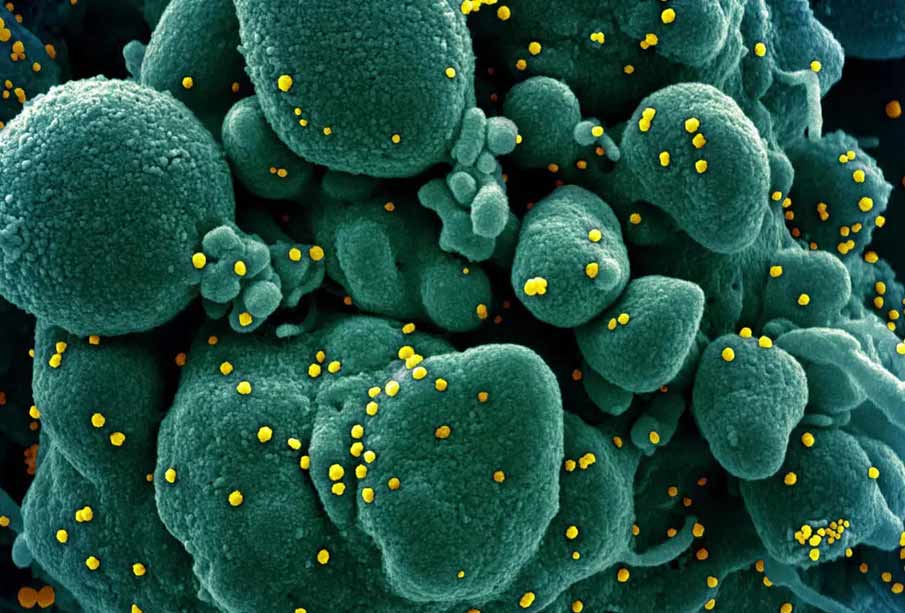The potential for COVID-19 to spread through airborne transmission by lingering in the air is being underplayed by the World Health Organization, a group of scientists have said.
In an open letter due to be published this week, 239 scientists from 32 countries call for greater acknowledgement of the role of airborne spread of COVID-19 and the need for governments to implement control measures.
WHO guidance states that the virus is transmitted primarily between people through respiratory droplets and contact. Aerosol transmission involves much smaller particles that can remain in the air for long periods of time and can be transmitted to others over distances greater than one metre.
Members of the WHO’s infection prevention committee have said that while aerosol transmission may play some role, there is overwhelming evidence that the primary routes of transmission are through direct contact and respiratory droplets expelled during coughing, sneezing or speech.
They said introducing new measures to guard against aerosol transmission was unfeasible and unlikely to make much difference to the spread of infection.
The letter due to be published in the journal Clinical Infectious Diseases is authored by Lidia Morawska, of the Queensland University of Technology in Brisbane, and Donald Milton, of the University of Maryland, and has been endorsed by more than 200 scientists, including some who have been involved in drawing up the WHO’s advice.
They say emerging evidence, including from settings such as meat processing plants where there have been outbreaks, suggests that airborne transmission could be more important than the WHO has acknowledged.
Linsey Marr, an expert in airborne transmission of viruses at Virginia Tech and a co-signatory of the letter, told the New York Times that the WHO had relied on studies from hospitals that suggested low levels of virus in the air. This underestimated the risk, she said, because in most buildings “the air-exchange rate is usually much lower, allowing virus to accumulate in the air”.
The WHO says certain medical procedures, such as intubation, are known to raise the risk of aerosol transmission, but that outside of this context the evidence is less clear. “This is an area of active research,” the WHO says.
Paul Hunter, a professor in medicine at the University of East Anglia and a member of the WHO’s infection prevention committee, said the WHO had struck the right balance in its advice.
“Aerosol transmission can occur but it probably isn’t that important in the grand scheme of things. It’s all about droplets,” he said. “Controlling airborne transmission isn’t going to do that much to control the spread of Covid-19. It’s going to impose unnecessary burdens, particularly in countries where they don’t have enough trained staff or resources already.”
If airborne transmission were shown to be a major factor, some experts have suggested it could be helpful to wear masks indoors, even in settings where social distancing is being enforced; that tighter regulations may be needed for ventilation and air conditioning to minimise recirculating air; and that it may even be appropriate to install UV lights in some buildings to guard against potentially infectious particles.


